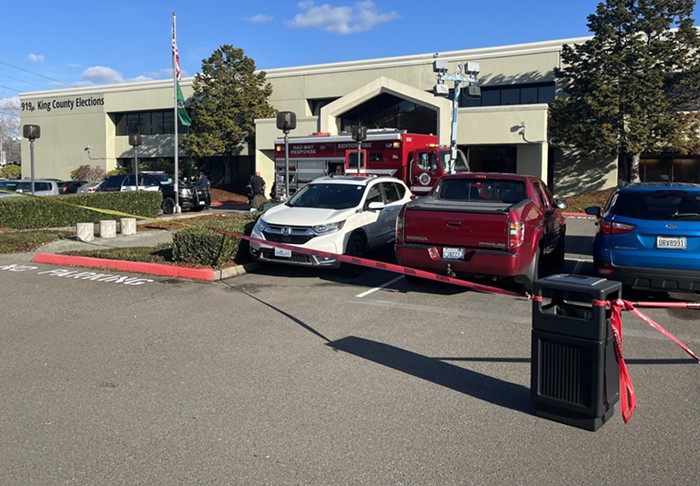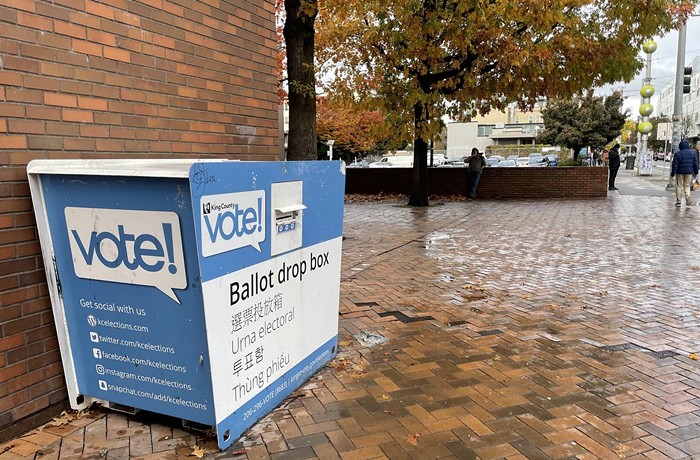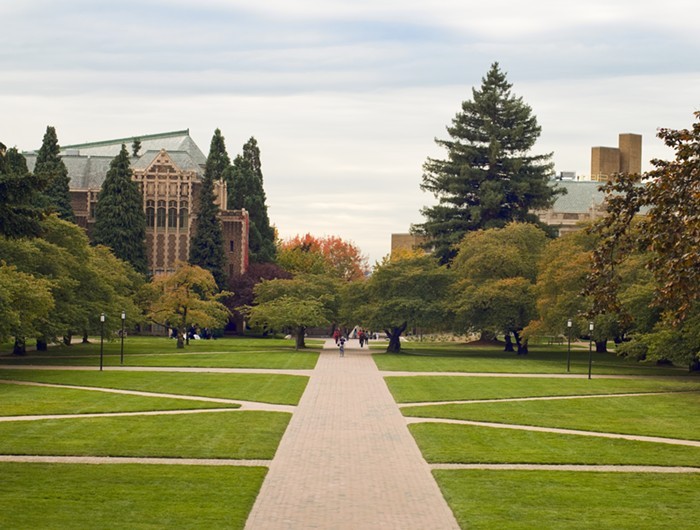It's too bad Team Nickels didn't pause for a second and actually listen to what Sommers had to say. Sommers himself pointed out that his numbers were based on an earlier study that tallied up the physical capacity for development in South Lake Union--an iffy way to predict actual future employment in the area. The consulting firm that did the study, Heartland LLC, concluded that the neighborhood could accomodate another 7.2 million square feet in retail, office, and biotech space--room for about 23,000 workers ["Playing the Numbers," Amy Jenniges, May 22]. Sommers, at the request of the city, attached dollar figures to that 23,000 jobs capacity number. He added in another 9,000 in estimated "indirect" citywide jobs stemming from biotech, and figured out how much cash all those jobs and developments would rake in for the city. The answer? About $16 million a year. That is, Sommers pointed out, if the neighborhood's buildable space is nearly maxed out--and the possible number of workers that could fit in that space are hired. Team Nickels likes to assume the neighborhood will be built out (and the maximum 23,000 workers will be hired) if only the city pours $421 million worth of infrastructure into it first.
It could happen. But Sommers provided a reality check: Of the 7.2 million square feet that could be built and could hold 23,000 people, there are only plans for three million square feet right now. Those projects, scheduled to be finished by 2007, could make enough room for about 6,400 South Lake Union employees, some of whom are already promised by incoming biotech operations, like a UW research center. However, the mayor's team hasn't provided details on how many employees the scheduled projects actually plan to bring to the neighborhood.
And as for the other 4.2 million square feet, Sommers pointed out that "there aren't actual projects." The numbers, he said, are simply "based on a capacity study. The [4.2 million square feet] is inherently less certain." He's right: It's not even in the planning stages.


















